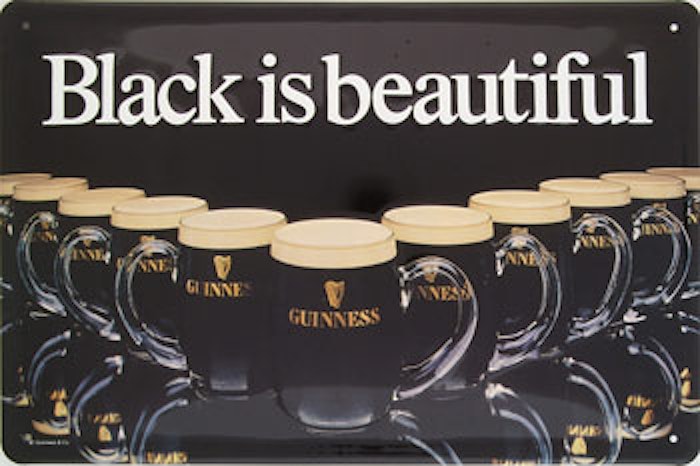Going into this semester, I did not really know what to expect. As I had no experience with Irish or black texts, jumping into dense theoretical materials was a challenge. It is certainly not the easiest to think of things abstractly. Looking back at the blog posts from the first few weeks, I remember wondering when all of the texts that we were reading would make sense and come together to form “The Black and Green Atlantic.”
In my midterm paper, I wrote about the shared sense of placelessness between the Irish and the blacks, as seen in Gulliver’s Travels and McCann’s TransAtlantic. In that part of the course, I was still asking whether or not the two groups should be allowed to make comparisons. We were dealing with a lot of Irish texts that were using problematic comparisons, such as “wage slavery.” I thought that determining whether the groups would be allowed to gesture would be a definite yes or no, but I came to realize that it is not that simple a question. Our course objective was not to determine whether these texts were allowed to exist, but to grapple with the texts that do exist and ask “why?” This is when I began to rethink the whole way that I was looking at the course. Comparisons can, and have been made. I started thinking about the gestures found within the texts and asking whether they were appropriate or not and why. In order for them to be appropriate and to work, the comparison must be just that—a comparison, not a proclamation of being exactly the same. As we saw in The Commitments, it is possible for the Irish to make gestures towards black culture in a show of solidarity. These gestures, however, only work to a certain extent, and it is when you completely collapse the two identities that the gesture falls apart and becomes problematic. While the Irish and Black experiences contain general similarities, they are not the same and cannot be equated. The differences in their cultures and their travels work to create a divide between the two identities.
This semester flew by, and I feel that we have learned and covered so much material on the Black and Green Atlantic. Yet, there is still material that we were just unable to fit into the course, and there is so much more to be discovered in the Atlantic. The flurry of questions and puzzling scenes in “An Octoroon” represented to me many of the questions that remain and how this topic has endless possibilities. For me, questions remain on the role of Irish Americans and where they fit into the mix. Joey gave us a taste of that in The Commitments, but I wish that we had been able to discuss where they fit into the greater scheme of this journey. Who claims the Irish Americans? Why do their gestures always seem to be problematic? Even in “An Octoroon,” Jacob-Jenkins erases Boucicault’s Irish identity and he is just left “white.” Could we consider Boucicault an Irish American? What does this say about Irish Americans today? Overall, I am grateful for the great discussions we were able to have this semester. I feel that we took our own journey across the Atlantic this semester—a journey that will certainly affect the way that I view and question gestures going forward.

